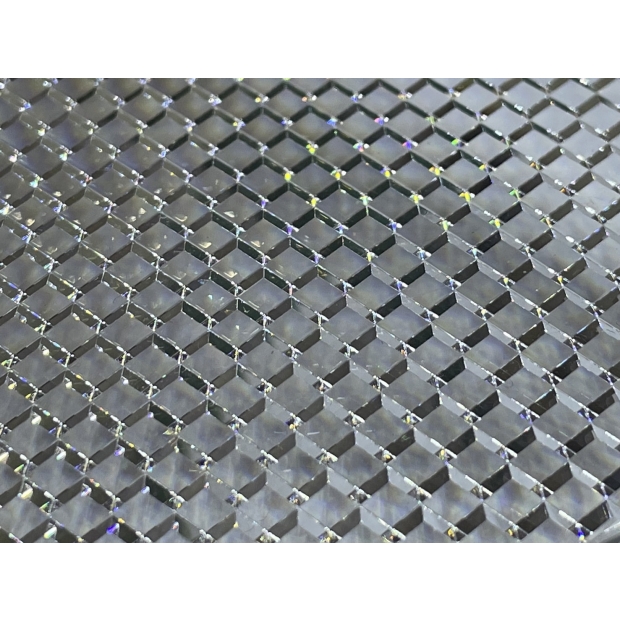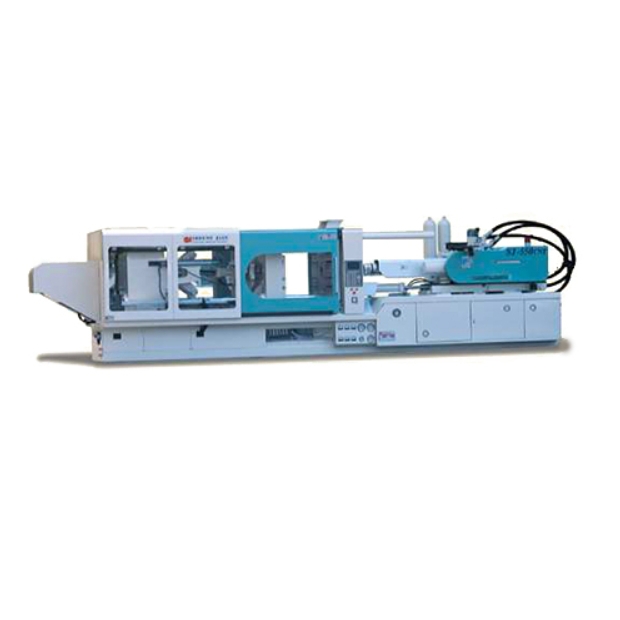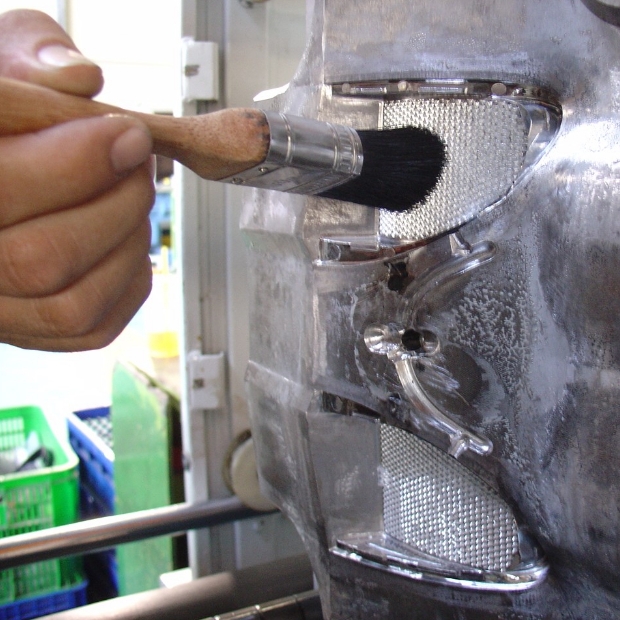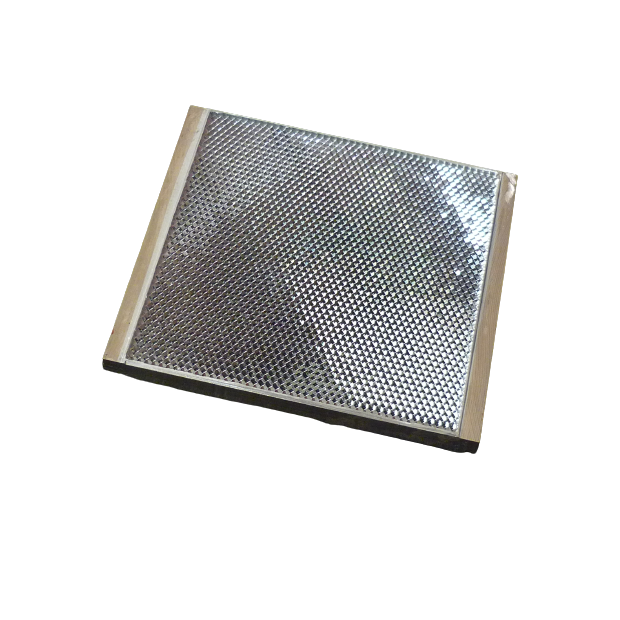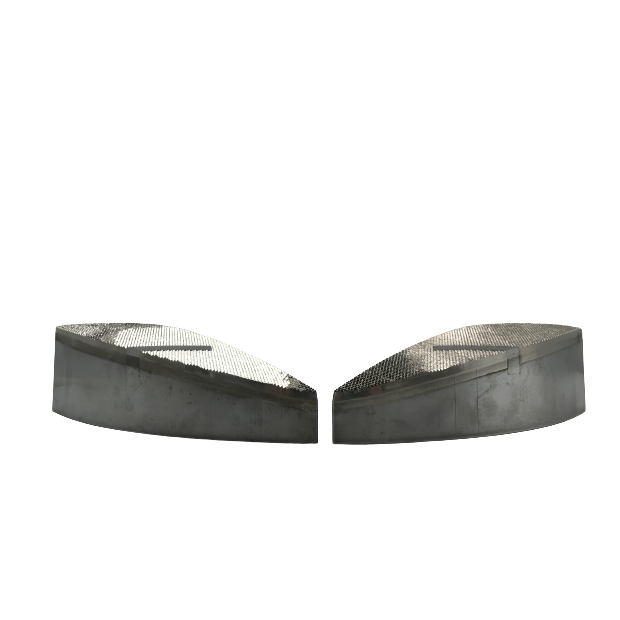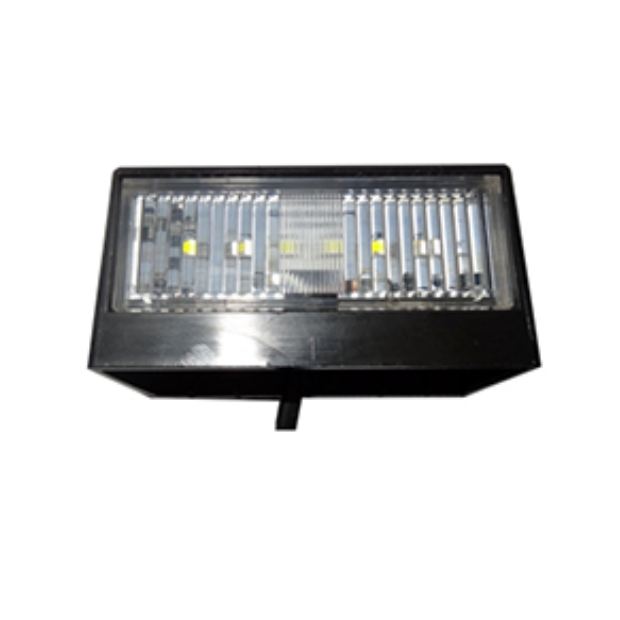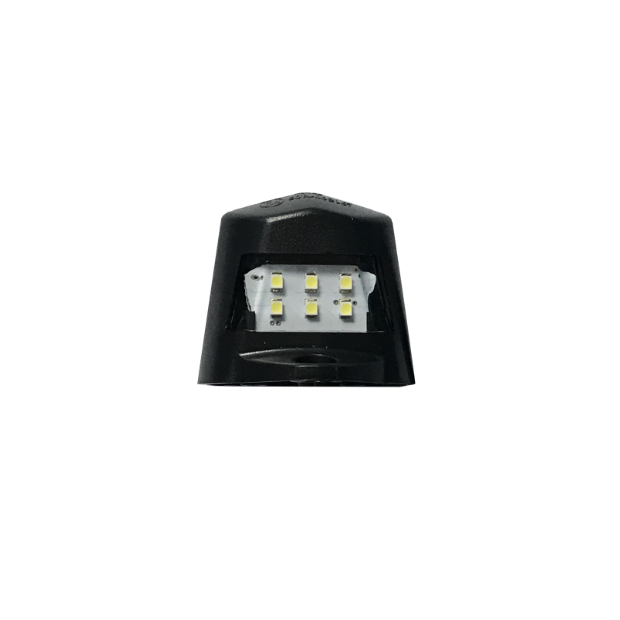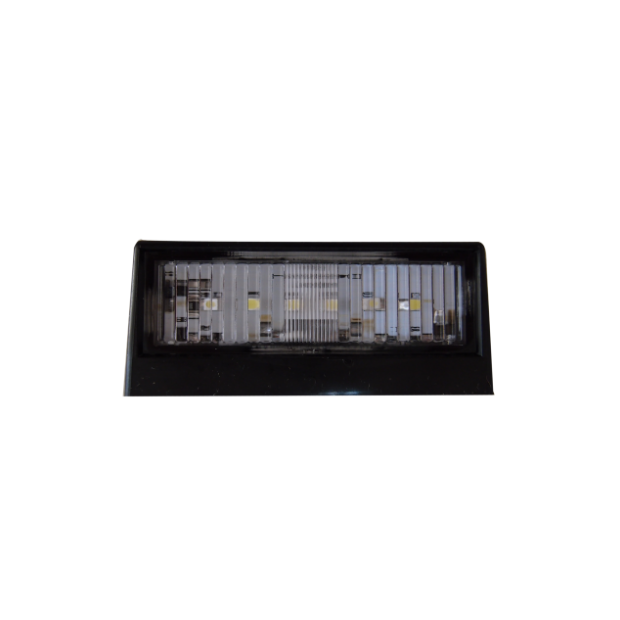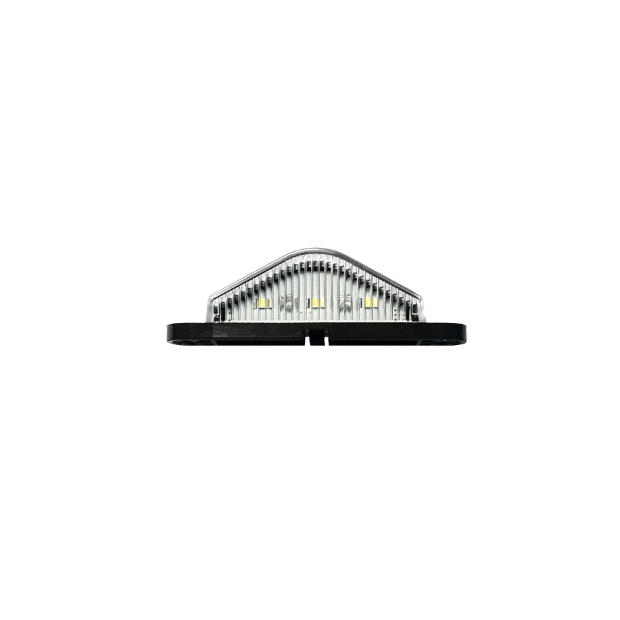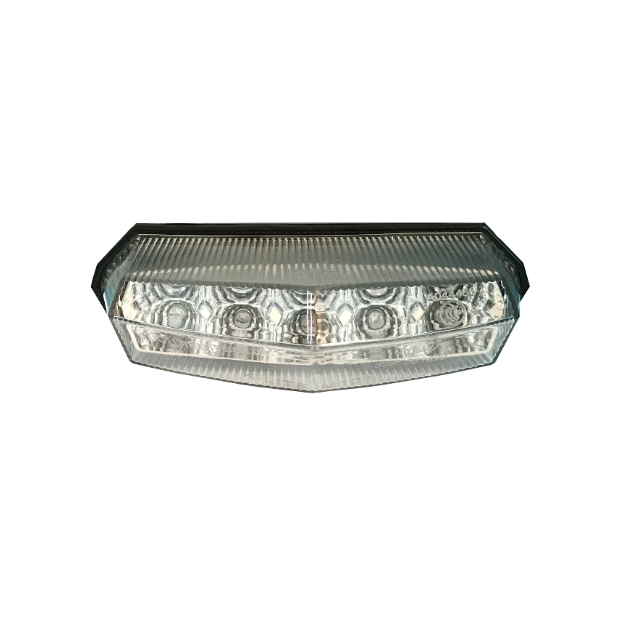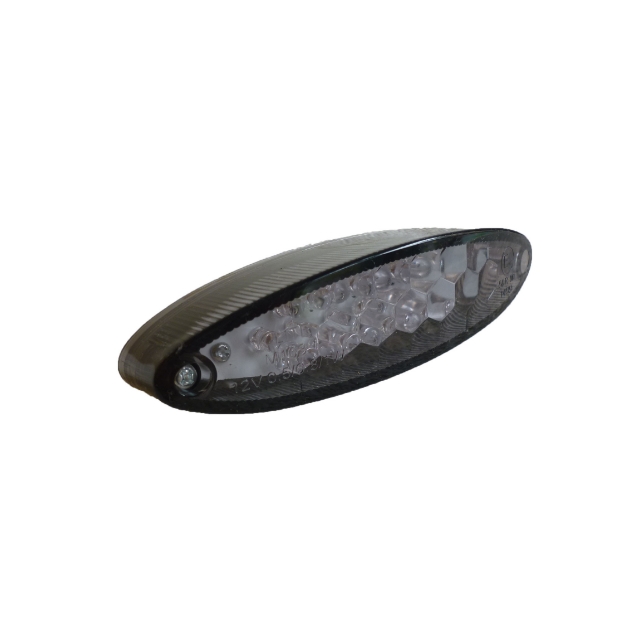All PRODUCTS
-
Read More
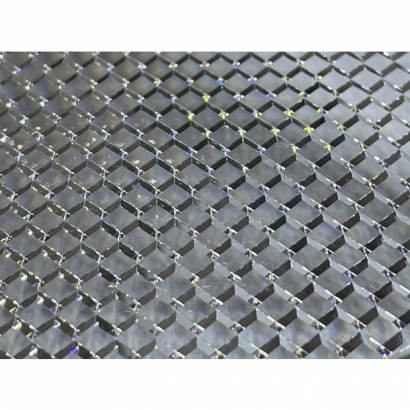 How to increase the reflectance value of reflectors?
How to increase the reflectance value of reflectors?How to increase the reflectance value of reflectors?
How to increase the reflectance value of reflectors?
In addition using high reflective electroform insert , factors such as the mold material, mold surface finish, and adjustments to the injection molding machine also affect the reflector's reflectance value. To increase the reflectance value of the reflector, you can try the following approaches.
1
1. The height of the electroform core (tooth peak to the flat bottom of the mold core) is about 10mm (the height of the mold core seat is determined according to the mold design)
2. It is recommended that the material of the cavity mold should be P5 or above, BPMHH2738C or high nickel content and high hardness steel is better!
3. The cavity mold polished required to be applied by hand to ensure smoothness and precision, and the polishing is required to be above #3000!
4. The average thickness of the reflector (tooth tip to mother die surface) is recommended to be 1.3 ~ 1.5mm!
5. The mass production must be produced with a mold temperature machine during injection molding (it is recommended that the mold temperature be set above 80 degrees C)!
The reference temperature of the material tube depending on the machine conditions, high temperature is still recommended
PC∕PMMA material temperature: 200~240 degrees Celsius is recommended (depending on machine conditions but still high temperature is better)
6. Be careful not to cause electroform to be scratched by the injection of cold material (cannot be repaired)
7. If need a release agent to help release the mold during injection molding, please use a water-based release agent to avoid affecting the light distribution.
8. When the mold is sealed, the electroform core should be sprayed with vaporized spray (do not use emulsified maintenance oil)
And before the next production, it must be cleaned with solvent before starting injection molding
9. The cleaning of electroform can be immersed in acetone or scrubbed with a brush (brown) on the tooth surface with acetone-free cleaning agent.
-
Read More
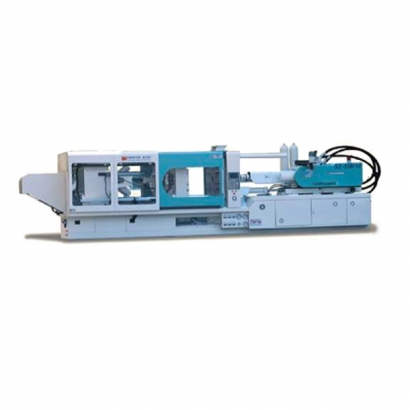 Precautions for plastic injection reflector
Precautions for plastic injection reflectorPrecautions for plastic injection reflector
Precautions for plastic injection reflector
The following points should be paid attention for the electroforming mold of the reflector:
1. The height of the electroform core (tooth peak to the flat bottom of the mold core) is about 10mm (the height of the mold core seat is determined according to the mold design)
2. It is recommended that the material of the cavity mold should be P5 or above, BPMHH2738C or high nickel content and high hardness steel is better!
3. The cavity mold polished required to be applied by hand to ensure smoothness and precision, and the polishing is required to be above #3000!
4. The average thickness of the reflector (tooth tip to mother die surface) is recommended to be 1.3 ~ 1.5mm!
5. The mass production must be produced with a mold temperature machine during injection molding (it is recommended that the mold temperature be set above 80 degrees C)!
The reference temperature of the material tube depending on the machine conditions, high temperature is still recommended
PC∕PMMA material temperature: 200~240 degrees Celsius is recommended (depending on machine conditions but still high temperature is better)
6. Be careful not to cause electroform to be scratched by the injection of cold material (cannot be repaired)
7. If need a release agent to help release the mold during injection molding, please use a water-based release agent to avoid affecting the light distribution.
8. When the mold is sealed, the electroform core should be sprayed with vaporized spray (do not use emulsified maintenance oil)
And before the next production, it must be cleaned with solvent before starting injection molding
9. The cleaning of electroform can be immersed in acetone or scrubbed with a brush (brown) on the tooth surface with acetone-free cleaning agent. -
Read More
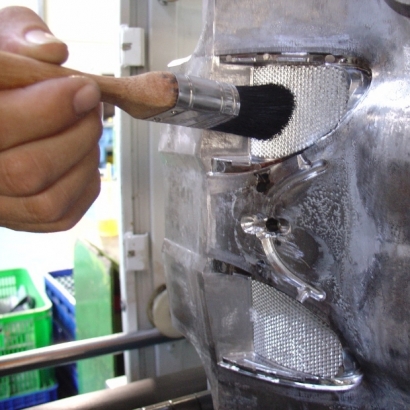 The Maintenance Steps Of Electroform
The Maintenance Steps Of ElectroformThe Maintenance Steps Of Electroform
Description
When electroform is injection-molded, the LENS might oxidize due to oil stains and other impurities, and the non-glossy oxides will be generated on the electroform, which will lead to rust or oxidation. Maintenance work can extend life of electroform.
Maintenance on the Mold
a. Before injection molding, please use an air gun to spray the surface of the electroform to remove oil, impurities or foreign matter.
b. Then use organic solvent (acetone, stain removal oil) and brush to remove rust-proof oil.
c. Finally, spray the surface with air gun, and check whether there are oil stains or foreign matter residues on each reflective surface, prevent scratches, adhesion or oxidation on the surface due to oil stains or residues after injection molding.And do not perform molding work until the anti-rust oil has been completely removed.
d. After the injection molding is completed, spray the residual material on the surface with air gun, and then clean the surface of the electroform mold core with acetone or degreasing oil.
e. After the final spraying of vaporized anti-rust oil, store the mold to avoid rusting.Do not use white emulsified mold maintenance spray
Note: Do not use chloride ions (mold lotion, WD40 and other organic solvents) to clean electroform to prevent serious corrosion.
Cleaning methods and instructions
a. Use the back end of paint brush, as shown below
Cut off the softer bristles at the end and cut them to flat, use the hard at the root to apply.
b. When cleaning, please use air gun to clean the surface, avoid scratching the surface of the electroform due to residues, impurities or dirt during brushing.
c. Soaking in toluene: When the surface of the electroform is dirty and cannot be cleaned by the above two methods, it can be soaked and dissolved in toluene for a long time.
Note: Acetone or toluene are high volatile agents. When using it, any fireworks must be strictly prohibited, and electrical appliances must be turned off.
The problem that the grease and dirt
are not removed after heating
Oil will damage the electroform and even penetrate into the Ni layer to produce non-glossy oxides and cause rust. The surface is uneven, and cannot be repaired.
Oil stains on the surface of PIN become oxides and carbides
Reflector with Oil
Mixing of plastic and impurities scratches the reflective surface and affects the reflection value
-
Read More
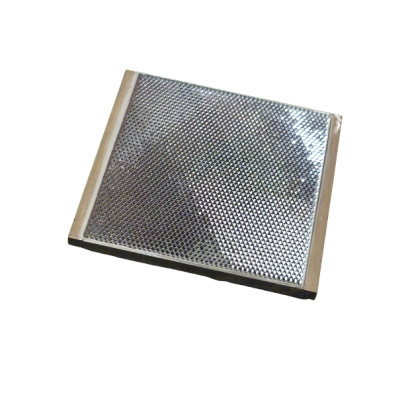 Standard Flat Electroform
Standard Flat ElectroformStandard Flat Electroform
electroformado
Elektroformierung
elektroformovanie
elektroformování
ECE / SAE
Certificate -
Read More
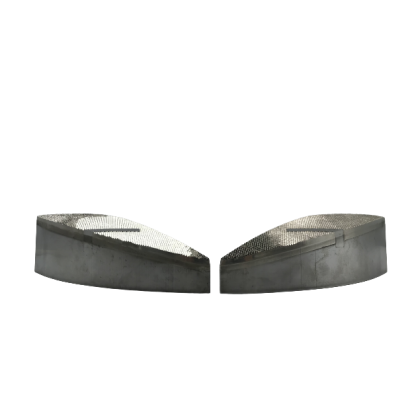 Customized Curve Electroform
Customized Curve ElectroformCustomized Curve Electroform
Personalizado
Maßgeschneidert
Prispôsobený
Přizpůsobený
ECE / SAE
Certificate -
Read More
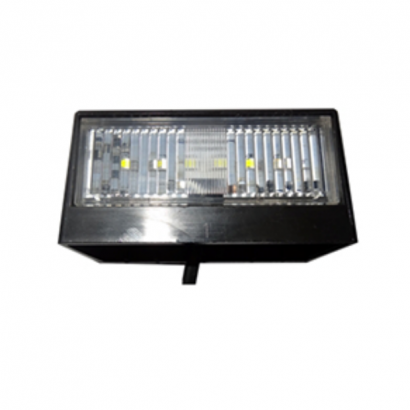 M404 License Plate Light
M404 License Plate LightM404 License Plate Light
License Plate Light
Luz de Matrícula
Fit motorcycle, electric motorcycle, scooter, sportbikes
ECE Certificated -
Read More
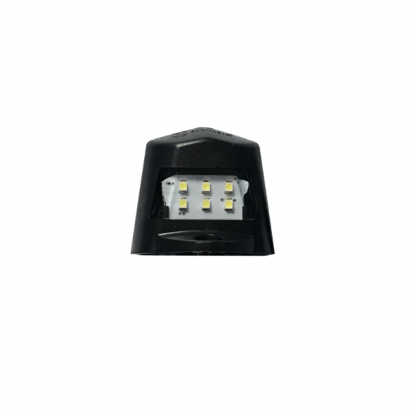 M405 License Plate Light
M405 License Plate LightM405 License Plate Light
ナンバープレートライト
Kennzeichenleuchte
Fit motorcycle, moterbike, scooter, dirtbike
ECE Certificated -
Read More
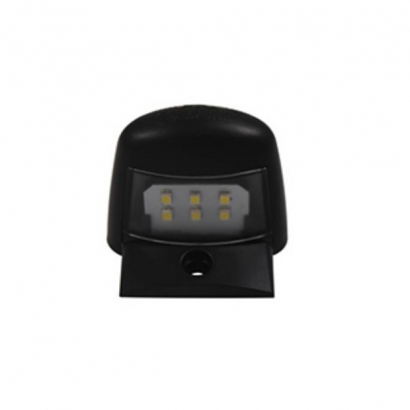 M406 License Plate Light
M406 License Plate LightM406 License Plate Light
Osvetlenie ŠPZ
Osvětlení SPZ
Fit motorcycle, E-motorcycle, scooter, Escooter
ECE Certificated -
Read More
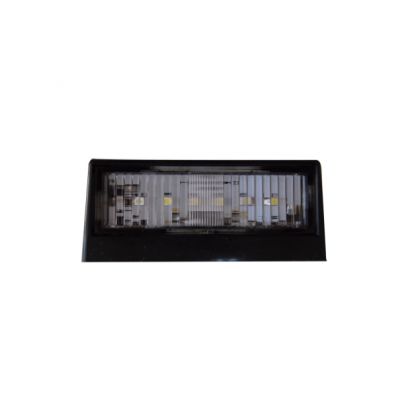 M409 License Plate Light
M409 License Plate LightM409 License Plate Light
License Plate Light
Luz de Matrícula
Fit motorcycle, electricvehicle, scooter, touring motorcycle
ECE Certificated -
Read More
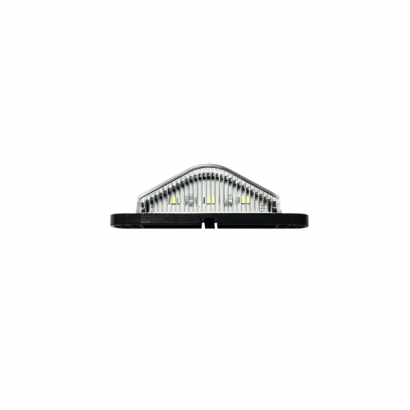 M413 License Plate Light
M413 License Plate LightM413 License Plate Light
ナンバープレートライト
Kennzeichenleuchte
Fit motorcycle, moterbike, scooter, off-road motorcycle
ECE Certificated -
Read More
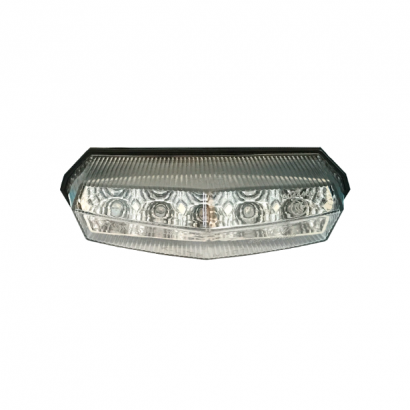 M101 Motorcycle Tail Light
M101 Motorcycle Tail LightM101 Motorcycle Tail Light
Motorcycle Tail Light
Luz Trasera de Motocicleta
Fit motorcycle, electric motorcycle, scooter, dirtbike
ECE Certificated -
Read More
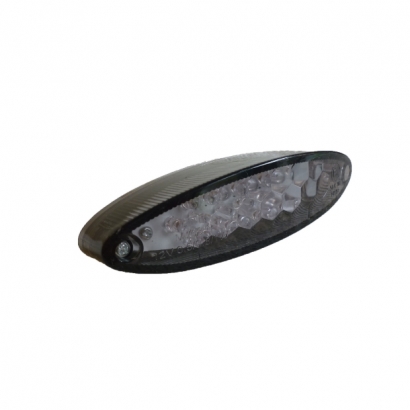 M103 Motorcycle Tail Light
M103 Motorcycle Tail LightM103 Motorcycle Tail Light
オートバイのテールライト
Motorrad Rücklicht
Fit motorcycle, scooter, electricvehicle, sportbikes
ECE Certificated

